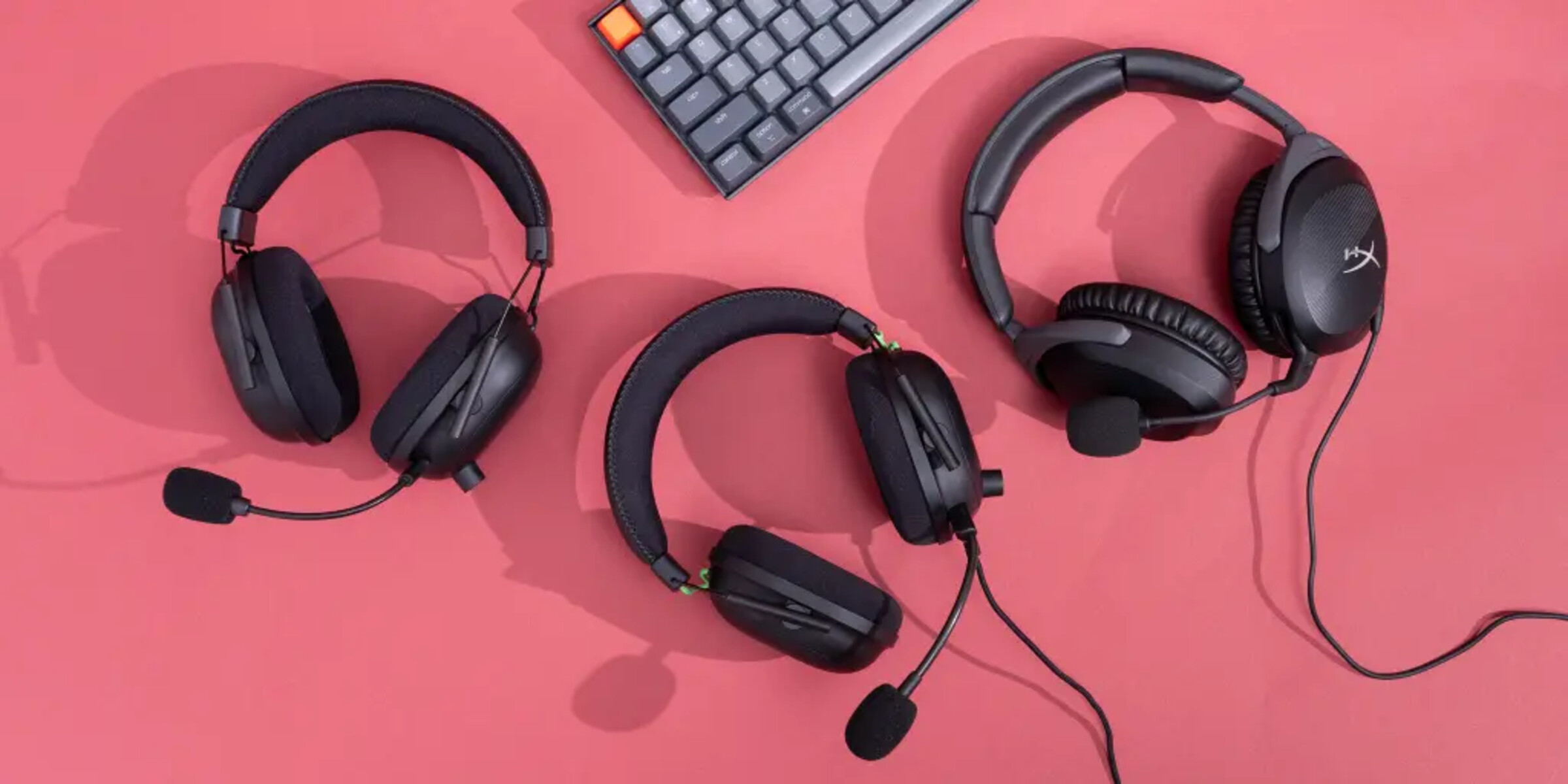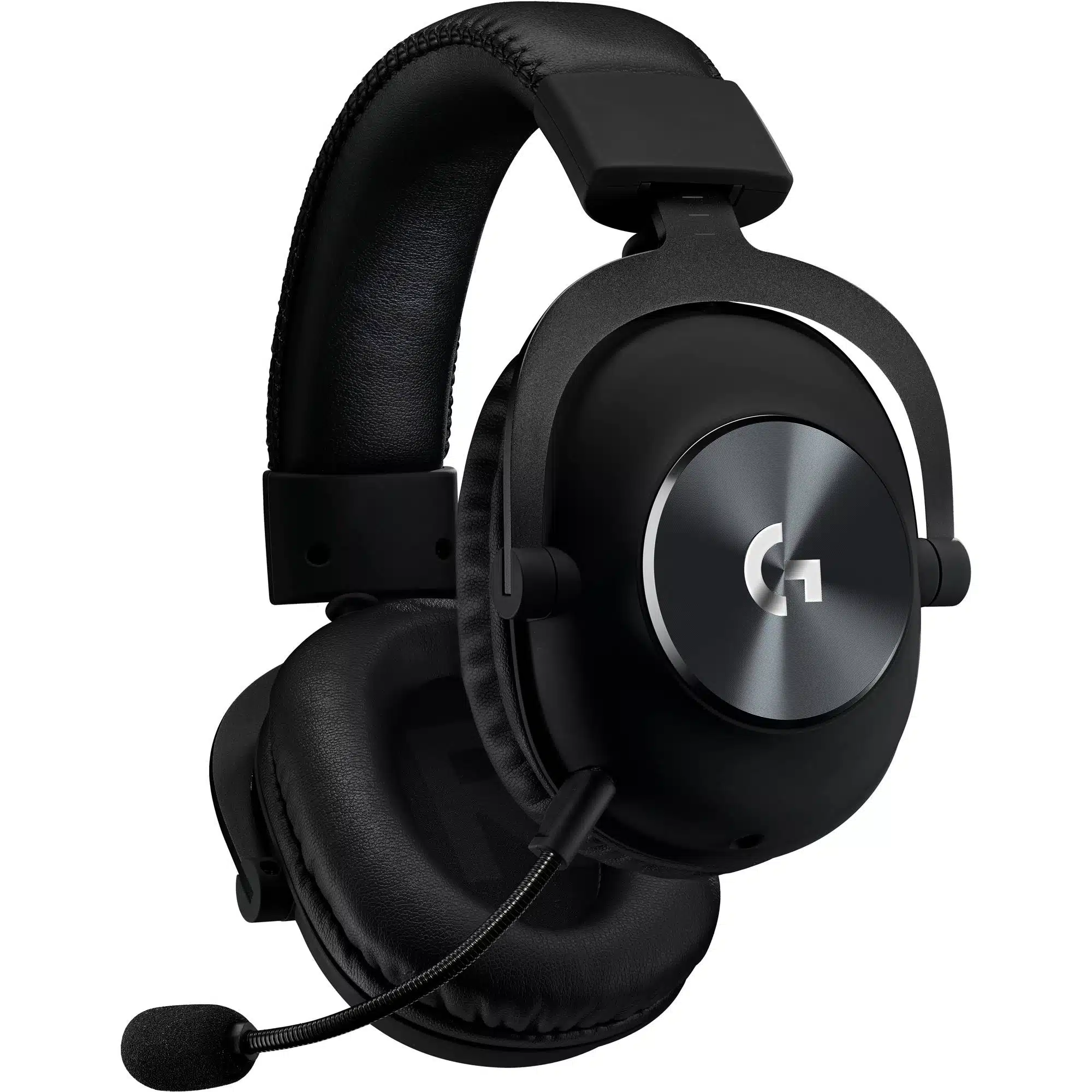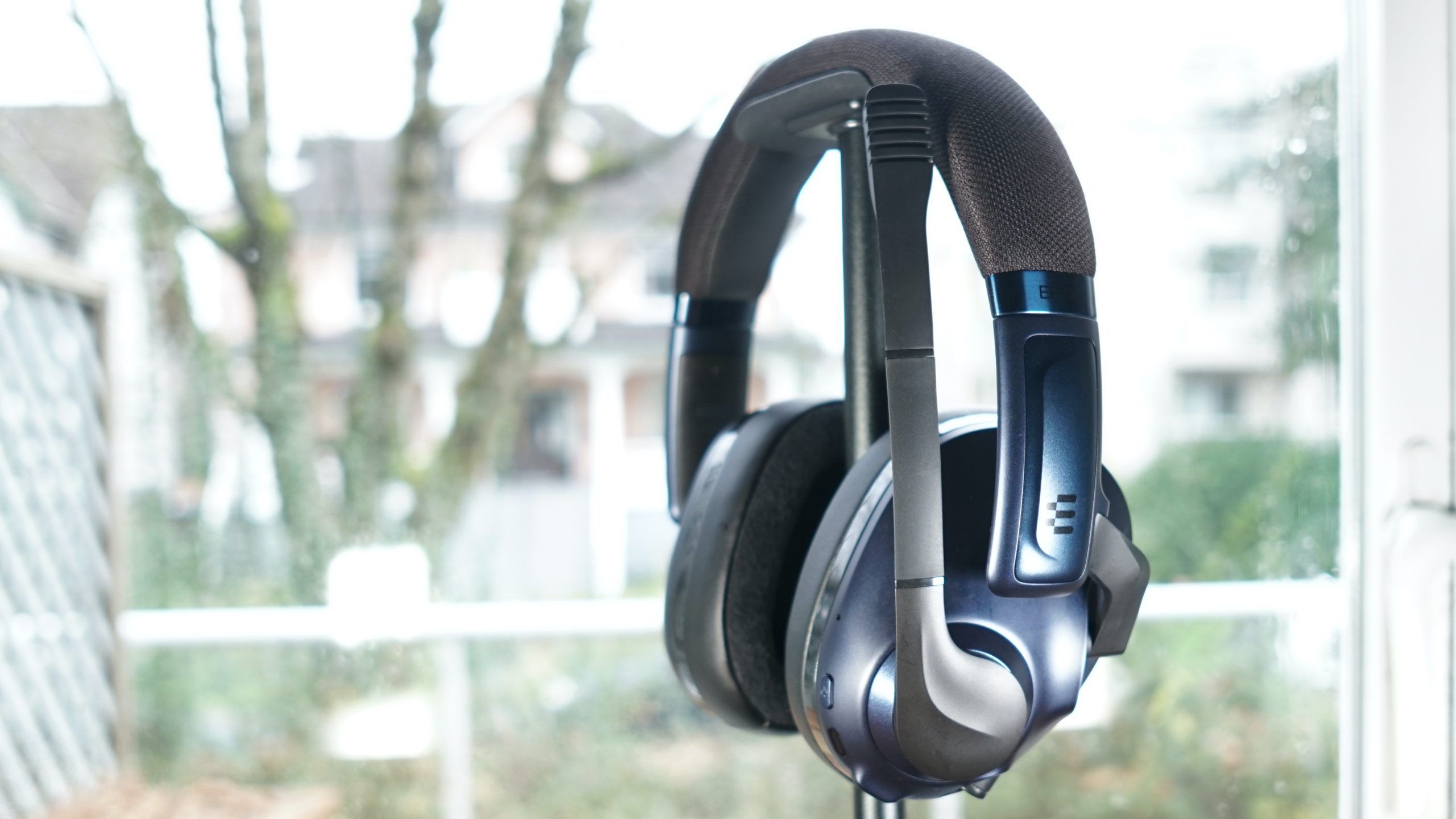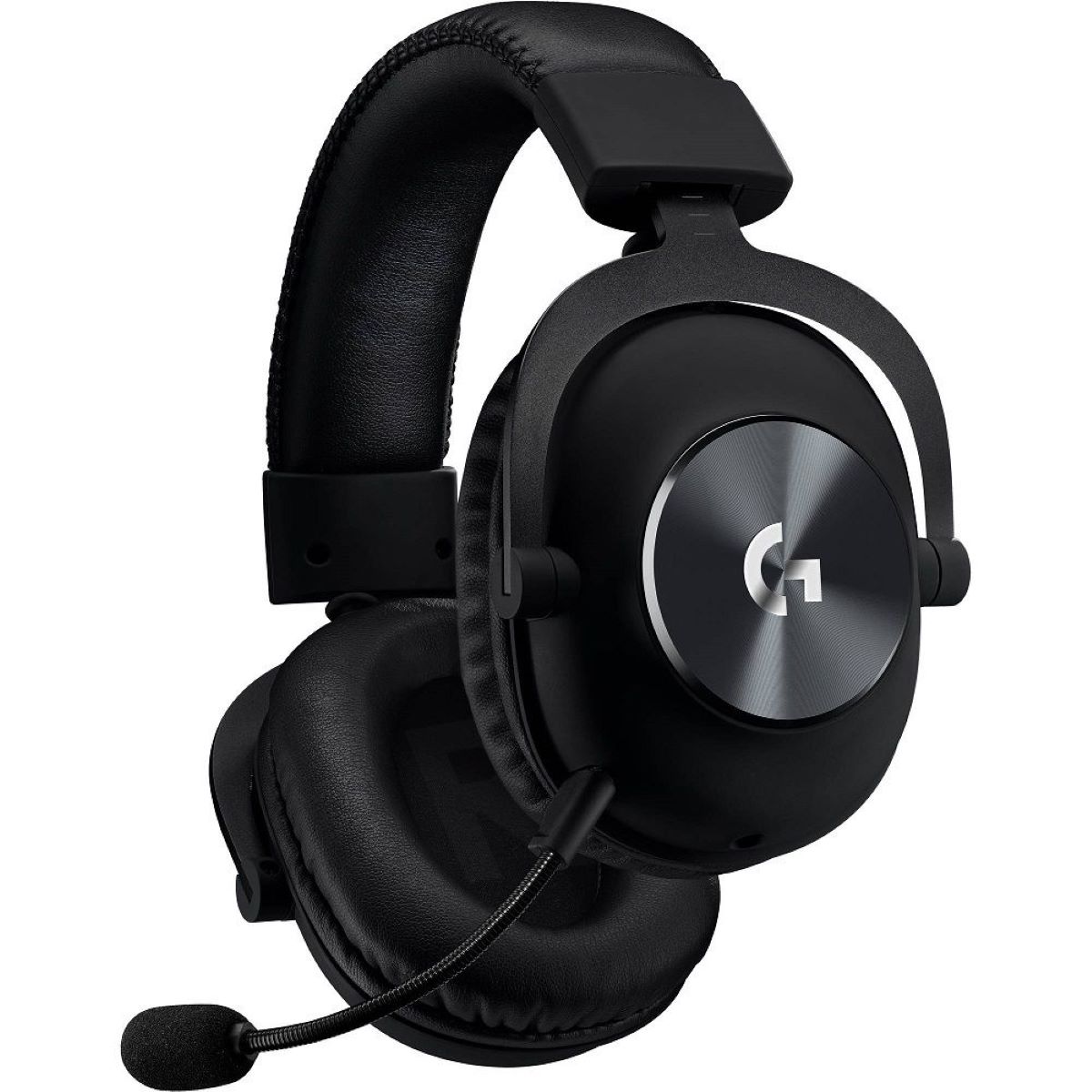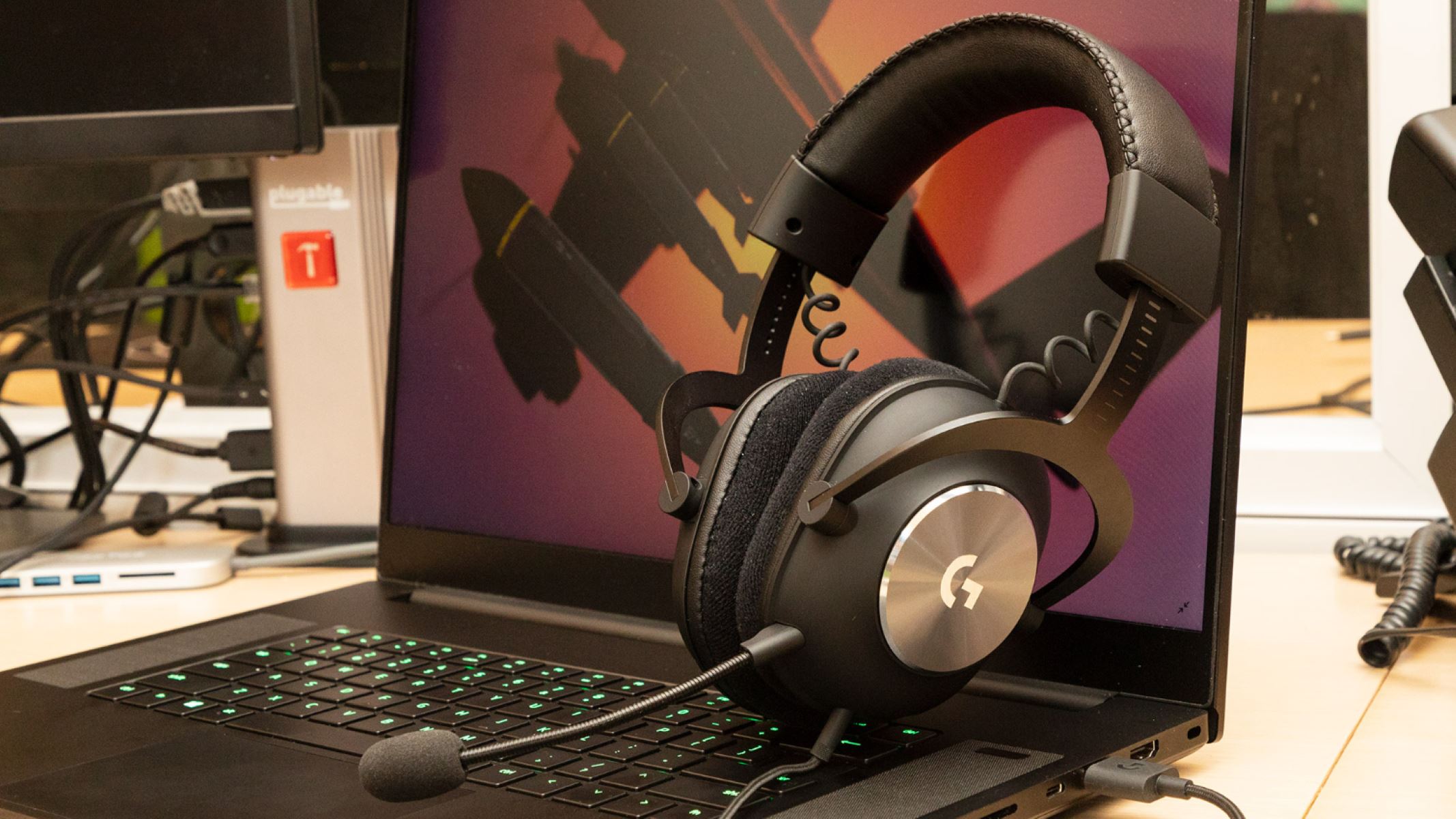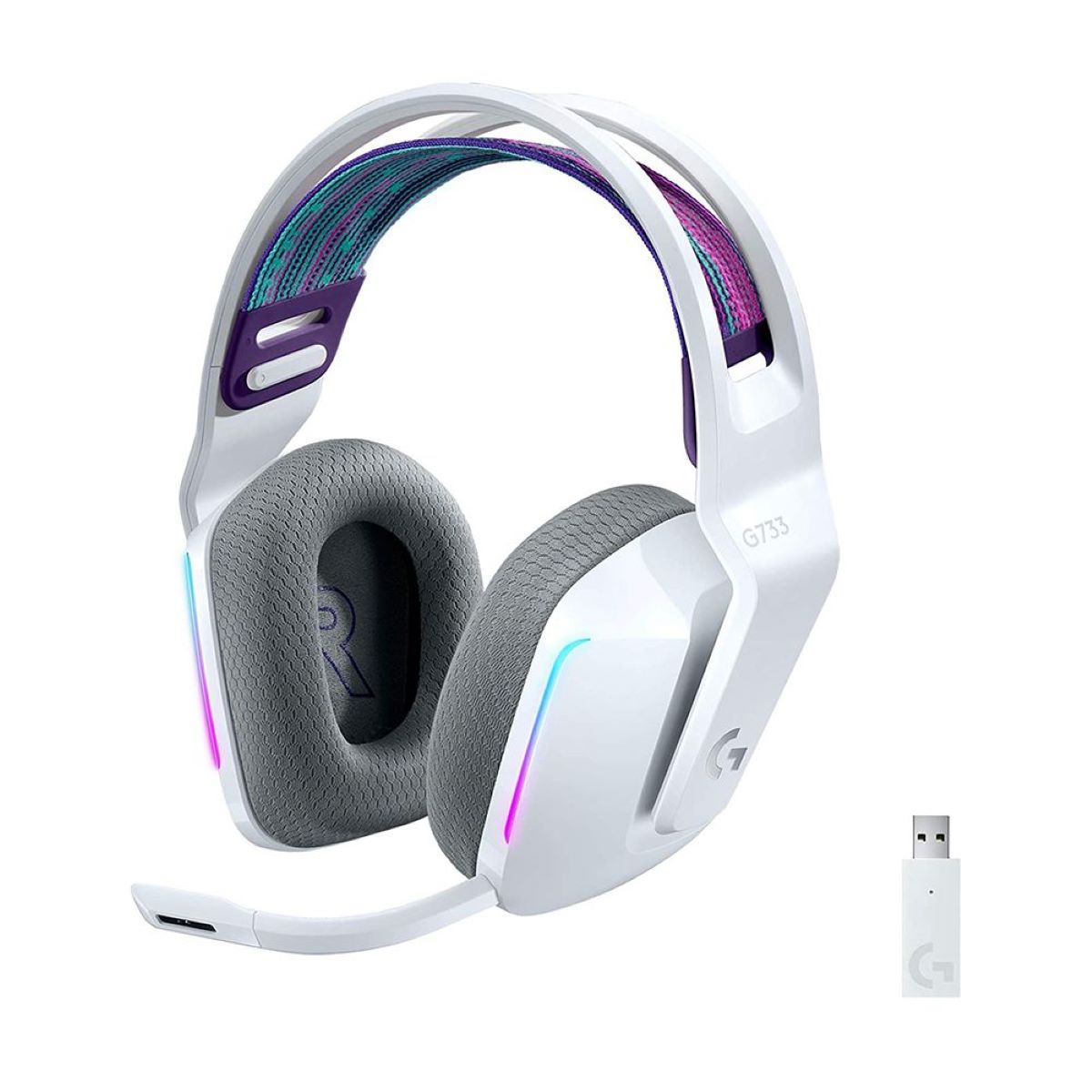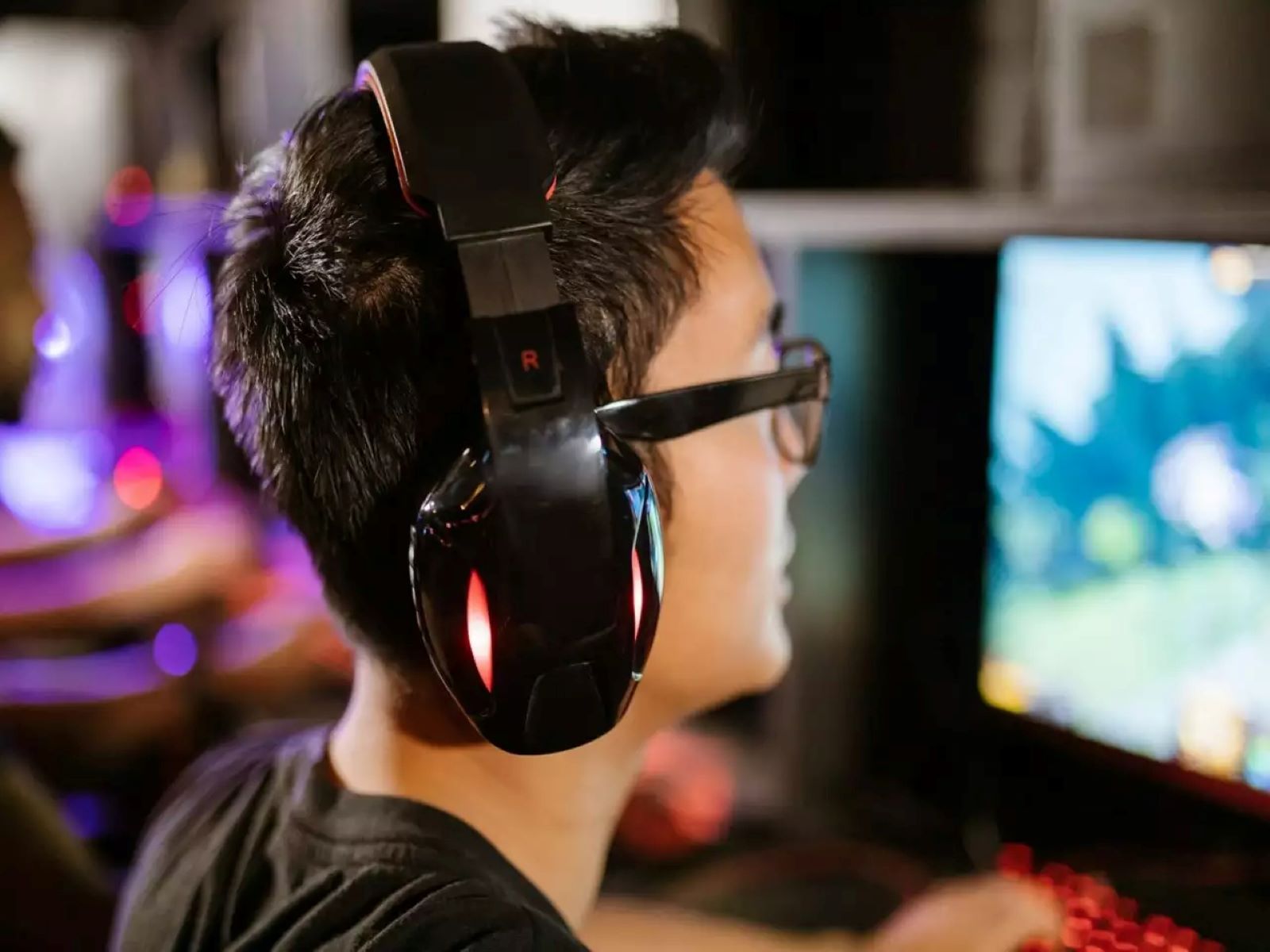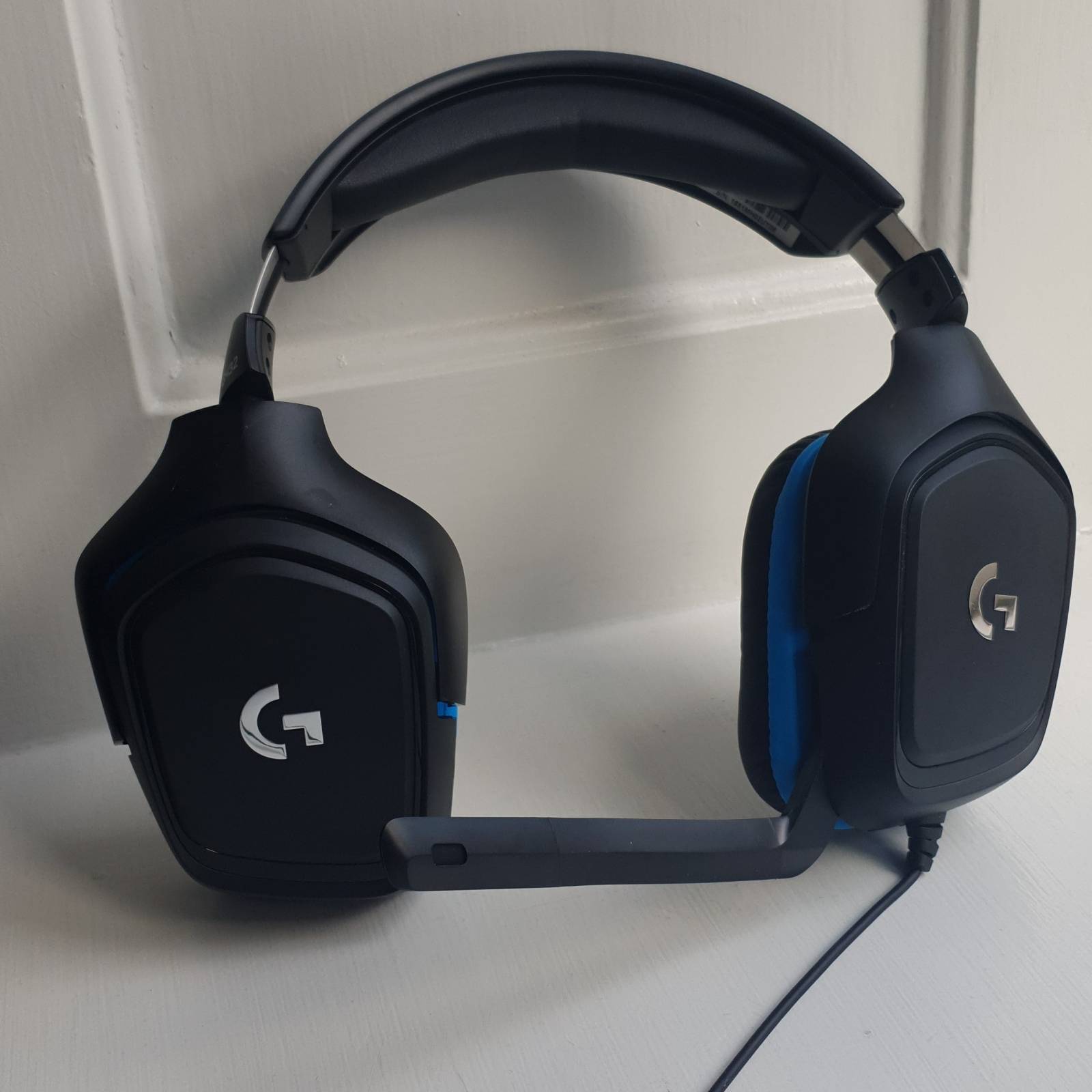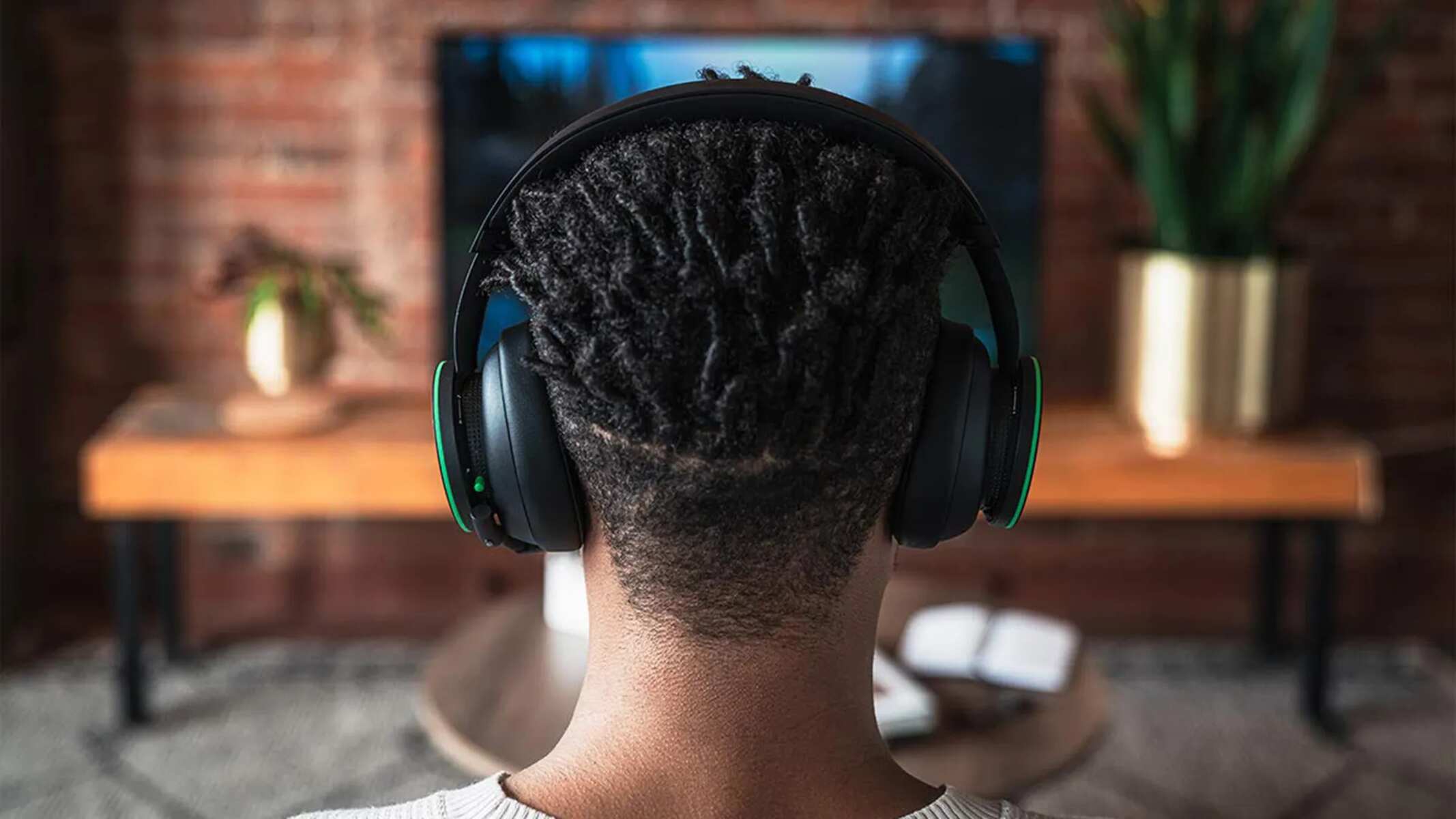Introduction
Introduction
Gaming headsets have become an indispensable accessory for gamers, offering immersive audio experiences and clear communication with fellow players. The longevity of a gaming headset is a crucial consideration for both casual and professional gamers. Understanding the factors that influence the lifespan of these devices, as well as recognizing the signs that indicate a need for replacement, is essential for maintaining an optimal gaming experience.
A gaming headset's lifespan is influenced by various factors, including build quality, usage patterns, and maintenance. By delving into these aspects, gamers can gain insights into how to maximize the longevity of their headsets. Additionally, understanding the average lifespan of gaming headsets and being aware of indicators that signal the need for a replacement can help gamers make informed decisions and ensure that they are getting the most out of their equipment.
Moreover, implementing effective strategies for prolonging the lifespan of gaming headsets is paramount. By adhering to maintenance best practices and adopting habits that minimize wear and tear, gamers can extend the durability of their headsets, ultimately optimizing their gaming experiences and maximizing the value of their investments.
In this article, we will explore the various factors that affect the lifespan of gaming headsets, delve into the average lifespan of these devices, highlight key indicators that signal the need for a replacement, and provide practical tips for extending the lifespan of gaming headsets. By gaining a comprehensive understanding of these elements, gamers can make informed decisions regarding the maintenance and replacement of their gaming headsets, ultimately enhancing their gaming experiences and ensuring long-term satisfaction.
Factors Affecting the Lifespan of a Gaming Headset
Factors Affecting the Lifespan of a Gaming Headset
Several key factors significantly influence the lifespan of a gaming headset, ultimately determining how long it will remain functional and provide an optimal audio experience for gamers.
- Build Quality: The construction and materials used in the manufacturing of a gaming headset play a pivotal role in its longevity. Headsets crafted from durable materials, such as high-grade plastics, metals, and reinforced cables, are likely to withstand extensive use and last longer than those made from less robust components.
- Usage Patterns: The frequency and duration of usage directly impact a headset’s lifespan. Gamers who use their headsets for prolonged periods daily may experience more rapid wear and tear compared to those who use them sparingly. Additionally, the intensity of usage, such as high-volume settings and prolonged gaming sessions, can contribute to accelerated deterioration.
- Maintenance: Proper care and maintenance significantly affect the longevity of gaming headsets. Regular cleaning, storing the headset in a safe and dust-free environment, and avoiding exposure to extreme temperatures and moisture can help prolong its lifespan. Furthermore, handling the headset with care and avoiding unnecessary strain on the cables and connectors can prevent premature damage.
- Environmental Factors: The gaming environment can impact the lifespan of a headset. Exposure to dust, smoke, and pet dander can lead to the accumulation of debris within the headset, potentially affecting its performance and longevity. Similarly, storing the headset in a humid or excessively hot environment may lead to internal component damage.
- Manufacturer Quality and Design: The reputation of the headset’s manufacturer and the design choices made during production can significantly influence its lifespan. Headsets from reputable manufacturers known for their quality control and rigorous testing processes are likely to have longer lifespans. Additionally, thoughtful design elements, such as reinforced stress points and detachable cables, can contribute to enhanced durability.
By understanding these factors, gamers can make informed decisions when selecting a gaming headset and implement effective strategies to extend its lifespan. Awareness of these elements empowers gamers to proactively care for their headsets, ultimately optimizing their gaming experiences and ensuring long-term satisfaction.
Average Lifespan of Gaming Headsets
Average Lifespan of Gaming Headsets
The average lifespan of a gaming headset can vary significantly based on several factors, including build quality, usage patterns, and maintenance. While individual experiences may differ, understanding the typical lifespan of gaming headsets can provide valuable insights for gamers seeking to make informed purchasing decisions and maximize the longevity of their equipment.
On average, a well-maintained gaming headset can be expected to last between two to five years. However, it is essential to note that this estimate is influenced by the factors mentioned earlier. Headsets constructed from high-quality materials with robust build designs and subjected to moderate usage and meticulous maintenance are more likely to approach or exceed the upper end of this lifespan range. Conversely, headsets of inferior build quality, exposed to intensive and prolonged usage without proper care, may experience a significantly shorter lifespan.
It is important for gamers to consider the intended usage and environmental factors when assessing the expected lifespan of a gaming headset. Professional gamers and enthusiasts who engage in extensive gaming sessions or competitive play may subject their headsets to more rigorous usage, potentially impacting their longevity. Similarly, environmental factors such as exposure to dust, humidity, and temperature extremes can influence the wear and tear experienced by the headset, thereby affecting its lifespan.
Furthermore, advancements in technology and manufacturing processes continue to enhance the durability and longevity of gaming headsets. As newer models incorporate innovative materials, reinforced designs, and improved components, gamers may find that the average lifespan of gaming headsets gradually extends, providing enhanced value and prolonged utility.
By understanding the average lifespan of gaming headsets and the factors that contribute to it, gamers can make informed decisions when selecting a headset and establish effective maintenance practices to maximize its longevity. Additionally, staying abreast of technological advancements and industry trends can help gamers identify headsets that offer extended lifespans and superior durability, ultimately enhancing their gaming experiences and long-term satisfaction.
Signs Your Gaming Headset Needs Replacing
Recognizing the signs that indicate a gaming headset requires replacement is essential for maintaining an optimal audio experience and communication during gameplay. As headsets age and undergo wear and tear, certain indicators emerge, signaling the need for a new device to ensure continued performance and functionality.
- Audio Quality Degradation: One of the most noticeable signs that a gaming headset may need replacing is a decline in audio quality. This can manifest as distorted sound, reduced volume levels, or the presence of static or crackling during audio playback. Such deterioration can significantly impact the immersive gaming experience, making it crucial to address this issue promptly.
- Intermittent or Failed Connectivity: Headsets that frequently experience connectivity issues, such as intermittent sound cutting in and out or complete audio dropout, may indicate underlying hardware or cable problems. Persistent connectivity issues can disrupt gameplay and communication, necessitating consideration for a replacement headset.
- Physical Wear and Damage: Visible wear and tear, such as frayed cables, damaged ear cushions, or cracked headbands, can compromise the structural integrity of a gaming headset. Physical damage not only detracts from the headset’s aesthetics but can also impact its functionality and comfort, prompting the need for a replacement.
- Mic Malfunctions: For headsets with built-in microphones, malfunctions such as inconsistent or muffled voice transmission, or the complete failure of the microphone to function, can impede effective communication with teammates and fellow gamers. If attempts to troubleshoot and rectify mic issues prove ineffective, it may be time to consider a new headset.
- Comfort and Fit Issues: Over time, the comfort and fit of a gaming headset may diminish due to worn-out padding, degraded headband elasticity, or general discomfort during extended use. If adjustments and replacements of ear cushions or headband padding do not restore the headset’s comfort, it may be indicative of the need for a replacement.
By remaining vigilant for these signs, gamers can proactively address potential issues with their gaming headsets and make informed decisions regarding replacement. Additionally, understanding the typical lifespan of gaming headsets and the factors that contribute to their deterioration empowers gamers to recognize when a replacement is warranted, ensuring uninterrupted gaming experiences and effective communication with fellow players.
Tips for Extending the Lifespan of Your Gaming Headset
Implementing effective strategies for prolonging the lifespan of a gaming headset is essential for optimizing its durability and maintaining an immersive audio experience throughout its usage. By adhering to best practices and adopting habits that minimize wear and tear, gamers can extend the longevity of their headsets, ultimately maximizing their value and utility.
- Proper Storage: Storing the gaming headset in a clean, dry, and well-ventilated environment when not in use can prevent dust accumulation and minimize exposure to potential environmental hazards, contributing to its longevity.
- Regular Cleaning: Periodically cleaning the headset, including the ear cushions, headband, and microphone, using gentle cleaning agents and microfiber cloths can help maintain its appearance and functionality while preventing the buildup of dirt and grime.
- Mindful Handling: Handling the headset with care, particularly when adjusting the headband size or swiveling the ear cups, can prevent unnecessary strain on the device’s components, preserving its structural integrity and functionality.
- Optimized Usage: Adhering to moderate volume levels and avoiding prolonged exposure to high-intensity audio can mitigate the risk of premature speaker damage, ensuring consistent audio quality over an extended period.
- Proactive Maintenance: Routinely inspecting the headset for signs of wear, loose connections, or cable damage and promptly addressing any identified issues can prevent minor problems from escalating and prolong the headset’s lifespan.
- Investing in Protective Accessories: Utilizing protective accessories such as carrying cases, cable management solutions, and replacement ear cushions can safeguard the headset from physical damage and environmental factors, contributing to its longevity.
- Temperature and Humidity Considerations: Avoiding exposure to extreme temperatures and high humidity levels, as well as minimizing prolonged exposure to direct sunlight, can prevent potential damage to the headset’s internal components.
By integrating these tips into their gaming headset maintenance routines, gamers can effectively extend the lifespan of their devices and ensure consistent audio performance and comfort throughout their usage. Additionally, proactive maintenance and mindful usage habits can contribute to a rewarding and enduring gaming experience while maximizing the value of the investment in a high-quality gaming headset.







